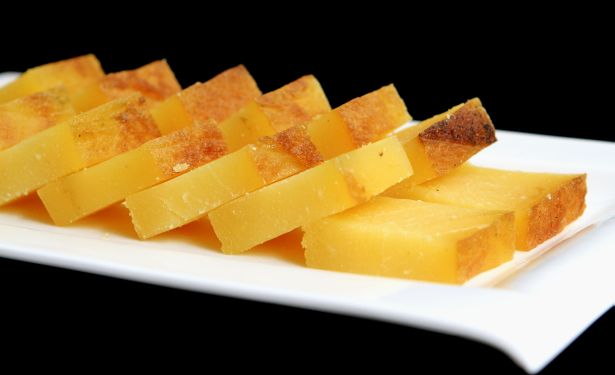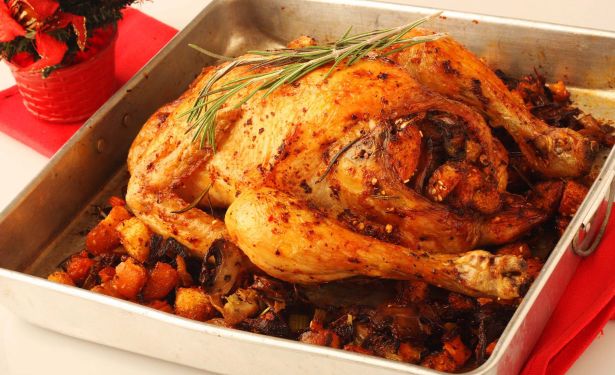1) Can you make cakes without egg?
Yes! Eggs function as a binder in baked goods. There are recipes out there that do not require eggs and use other ingredients as binders. There are also egg substitutes made out of flaxseed powder and various starches that are available in stores and online. Keep in mind that the texture of products made without eggs may have a different texture than those that do use eggs, but that can be to your advantage.

2) I do not have a thermometer at home. Do you have any other way to check if the boiled sugar syrup reached 120 degree Celcius?
There is a method where you can drop bits of syrup into icy cold water to see how your syrup firms up, but this method is not very accurate (sometimes dangerous, depending on how confident you are handling hot syrup). Your sugar can overcook in the time you’d take to drop the sugar in, let it firm and pull it out to detect the stage it’s at. An instant read thermometer is a great investment all-round for both sweet and savoury cooking.

3) If I do not have cake flour, what can I use to substitute it?
A mixture of all-purpose flour and cornflour are a great substitute for cake flour. Use the ratio below.
1 cup AP flour//130 g AP flour – 2 tbsps AP flour // 15 g AP flour, replace with equal amount of cornflour
Combine this mixture with a whisk. Sift. Whisk again to ensure it’s well-combined and use in place of cake flour.

4) How do I achieve a cracked top on my muffin?
It is my personal opinion that smooth-topped muffins can be just as tasty as their cracked-top counterparts! But if you’d really like to achieve that aesthetic, I’d recommend you start baking at a higher temp (start with 10’C higher) for the first five minutes, turn the oven down after those five minutes to the temperature stated in the recipe and reduce the baking time (check for doneness as normal). You can also try increasing the leavener by a small amount, start with 5%)

5) Why is my italian macaron not forming feet despite me following the recipe and steps?
Macarons are quite technical in the sense that you have to nail each step to ensure the final product is perfect (and consistently so). This can be especially challenging in a home setting! A couple things that you should pay close attention to ensure your macarons are footed:
1. Meringue texture
It is important to whip the meringue to the correct stage so it isn’t under or over-whipped (yes, it can be over-whipped). Do use a sugar thermometer and be careful when streaming in your syrup to make sure all of it is incorporated.
2. Skin
After piping and before baking, let your unbaked macaron shells rest, uncovered, so they have a chance to form a ‘skin’. You should be able to touch the surface of the macaron without having the meringue mix stuck to your finger!
3. Oven temperature and humidity
I hate to tell you this, but it’s normal to need a couple rounds of practice with your home oven to get to know its hot spots and inconsistencies so you can adjust accordingly. An oven thermometer is helpful for this. Humidity also plays a role in how macarons bake up (and keep), so you may have to adjust baking time and the previously-mentioned resting time.







